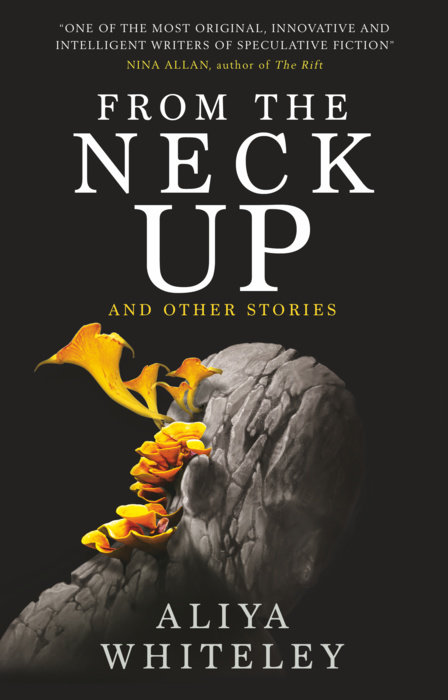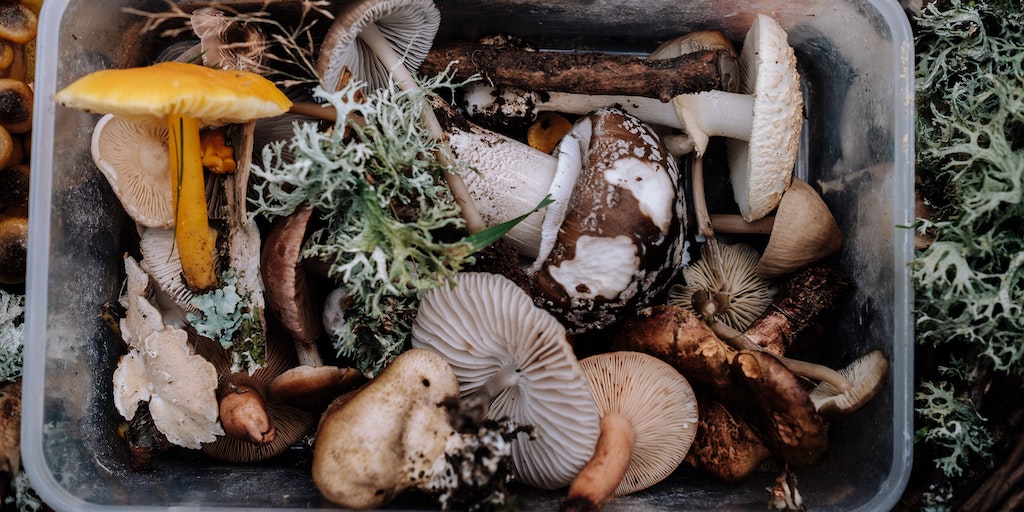Can I bring it to life?
A new collection of my stories felt like a monster in the making, arms and legs and heads joined only by the vague idea of finding the best tales I’ve written in the past ten years. I wasn’t at all certain that I knew what the word ‘best’ meant within that context. I have stories I’ve written that I prefer but that has little to do with how well they were received. Some of the ones I’ve most enjoyed writing never got professionally published, while others were written for disparate audiences. Where to start stitching them together?
I made a list of them all, and wondered where to go from there. I had no idea if I’d be able make something coherent, particularly because I’ve always feared the idea that I’m repeating myself in my writing. What would one story have in common with another, when I’d spent so much time trying to make them all different?
Repetition has long been my enemy. The phrase ‘kill your darlings’ is a well-used one, attributed to many authors over the years. Often, I’ve taken it to mean I should cut out those passages for which I’ve felt a strong affection, possibly because I’ve overwritten, and I can’t quite see it. It can also relate to words I get stuck on. Onwards is a word that pops up a lot in my head. I have no idea why. Maybe it’s because I want to move on fast, all the time, to the next bit of the story. I write in longhand and try not to limit the language in any way during that first draft, scribbling it out at speed in my terrible handwriting. But when I type it up, I become aware of those repetitions, and take them out one by one, trying to make every element feel fresh. I know other writers have their own words upon which they get stuck. Sometimes the readership thinks an author has a particular sympathy for one word and it’s not even the case. I’m thinking of HP Lovecraft and his squamous monsters – except that squamous is a word he only uses once. If readers can see repetition in stories where it doesn’t exist, what hope is there for the writer who wants to steer away from it?
Anyway. Onwards.
My big fear was that I couldn’t find the sweet spot between repetition and innovation for my collection, creating only a jumbled mess. The collections I’ve admired the most have not been themed in an obvious sense, but have thoughts and ideas that echo, rebound, relate to each other, deepening the reading experience. Sarah Hall’s 2017 collection Madame Zero, Paul Tremblay’s Growing Things in 2020, or Malcolm Devlin’s upcoming Unexpected Places to Fall From, Unexpected Places to Land come to mind. They are filled with cohesive, compelling tales dealing with the human experience. The skill of the author is the glue in each case; there’s the sense of being in the presence of a voice, a personality, that commands the narrative while also seeing you, the reader, and empathizing with what you’re thinking and feeling about the events unfolding.

I looked through my records for stories I’d written that might sound like the work of one voice, one personality, but that wasn’t a straightforward task. I’ve often wondered if my hatred of repetition has kept me from being recognisable to the reader from one story to the next. I realised, through the process of whittling the stories that might be included to about thirty in number, that it wasn’t a question I could answer myself. I had to hope that factor of recognition, cohesion, sprang up naturally within the collection.
Could there be an element of serendipity to it? I cut out the thirty titles, printed on white paper, and rearranged them on the kitchen table, hoping to hit a magic combination that spoke to me. I shuffled them until the titles became meaningless lines, like an exercise in writing Burroughs-style, or an attempt to be as cool as David Bowie (if only).
No luck.
In the absence of obvious voice-glue, would theme do? I started to look for things the stories might have in common on a more tangible level. An emotion, perhaps. I made a note beside each title of what prevailing feelings might be assailing each main character. Love and fear made the most appearances. But what story doesn’t deal in either love or fear, or both emotions at the same time? I would have been surprised if I’d managed to write one that didn’t include either of them.
I moved from emotion to genre. I’ve written in several genres over the years. The shortlist for the collection included science fiction (near future, far future, dystopian, mundane, first contact, and steampunk), fantasy (urban, rural, comedic, tragic, dreamlike, and nightmarish), crime and romance, along with weird literary experimentation and plot-driven dramas. Sometimes more than one of these genres appeared within a single story. But they did all have one thing in common: they were dark. It didn’t help to narrow down the shortlist of stories by that dark tone, but it did allow me to get a handle on the task at hand. Maybe that underlying thread of a disturbing nature could be enough to unite the collection. Concentrating on that aspect enabled me to start seeing other similarities, and an obvious one hit me: growth.
Growth was everywhere, like seedlings that you don’t spot until you’re staring hard at the soil. Plants, flowers and organic sprouting appeared in so many of the stories, often in the background, but sometimes taking centre stage. The novella Brushwork, for instance, which is set in a near-future ice-age in which older people are forced to work in biodomes, growing organic fruit and vegetables for the super-rich. I had thought it too long for inclusion, but the more I thought about it, the more certain I became that Brushwork should appear at the very start of the collection. If growth was my theme, it highlighted that perfectly.
I then scattered other stories with a plant presence throughout the book. They ranged from explorations of wild, unchecked growth to the human desire to cultivate and control. I’d revisited the theme many times, each time from a different angle. It was a revelation.
The second connection that revealed itself was the unsolvable – things that retain mystery, that cannot be quantified. These ranged from an alien invasion to what happens after death. One of the stories that fell into this category wasn’t even really a story at all. “The Tears of a Building Surveyor and Other Stories” is the memoir of a woman who has led an apparently eventful life, leading to a chat with God himself. This started life as a series of moments within an earlier novel I wrote that never quite found its way; years later, I teased out those sections and reformulated them into a novelette. I was delighted to find it, and I got the feeling it belonged towards the end of the collection. It was a perfect example of the way smaller pieces can unite to make a wonderful, energetic creation.
From that point the stories slotted into shape. There was a last-minute addition in the form of “Star in the Spire,” which had first appeared in an anthology of speculative fiction about climate change from Calque Press called An Invite to Eternity: Tales of Nature Disrupted. Dealing with a barren landscape where disturbing organic scarecrows begin to take root, it felt as if it always should have been part of the collection. I slotted it into place, submitted From the Neck Up to my editor, and returned to writing new stories.
Compiling a collection of past work is an act of re-evaluating elements that were cherished and polished separately, unique objects, as one newly united whole. I was afraid I wouldn’t find that unity, but it transpired that I had been repeating myself in entirely unexpected ways, and it wasn’t something to fear. It couldn’t be avoided by picking out the odd words that stuck or policing my imagery. My darlings weren’t killed by my vigilance through the years. They sneaked into everything I wrote in one form or another, and it turns out they are still alive and well and mysterious and, yes, organic.
From the Neck Up represents an act of consolidation, but also of completion. I don’t know what the recurring themes will be within the stories I’m writing now. Maybe I’ll have to wait another ten years to find out. But becoming aware of those plants, those unanswerable questions, twisting up through every word makes it impossible to revisit them unconsciously. If they’re there, they remind me of the stories I now associate with them, and that changes how I write. That’s not to say they won’t appear anymore. It’s only that I’ll use them differently, with knowledge, and with personal history, in my mind.
But still, I’m very happy that From the Neck Up is alive. Something bizarre happened in the process of making my monster. The unknowable, growable stories I chose revealed where they had always fitted together, and they became a book. I brought them to life. Now it’s time to write some more. Onwards.




3 thoughts on “The Same Old Fears: Crafting a Horror Short Story Collection”